Hopes for safe maritime future dim as irresponsible discharge progresses amid legal rebuke from locals
Since the age of 15, Haruo Ono has been fishing in Japan's Fukushima Prefecture. But the discharge of nuclear-contaminated water from the crippled Fukushima nuclear plant into the Pacific Ocean has changed the fate of fishers like 71-year-old Ono.
In Fukushima, fishers have endured and persevered over the past decade.
Before the occurrence of the earthquake in 2011, fishers in the prefecture could freely fish in the sea. However, that is not the case now.
Ono told Xinhua News Agency in an interview that there are regulations specifying which species of fish can be caught, and limits on the quantity that can be caught in one fishing trip. Fishing levels have not yet returned to the levels before the earthquake.
Japan started releasing the first batch of radioactive water treated through a multinuclide removal system — around 7,800 metric tons — from the wrecked Fukushima plant on Aug 24. The plant suffered a triple meltdown in an earthquake and ensuing tsunami on March 11, 2011.
Tokyo Electric Power Company, or TEPCO, the operator of the plant, has so far completed releasing three batches of nuclear-contaminated water. It plans to discharge the fourth batch of around 7,800 tons during the current fiscal year that ends in March.
Furthermore, the disposal of nuclear-contaminated water will take decades to complete. Ono wondered why the Japanese government decided to release radioactive substances into the ocean when fishers still could not freely fish in the sea.
He said fishers take risks and endure hardships to fish not only out of pride as fishers, but also with the hope of allowing consumers to enjoy delicious fish.
Stressing that the ocean is not a trash can, he opposed the discharge of nuclear-contaminated water into the sea. In his opinion, such water should be stored in tanks.
One of his concerns stems from the fact that all three of his sons are fishermen, and he wants to ensure that they are not forced into economic hardship in the future.
On Sept 8, 151 individuals, including fishers from Fukushima, filed a lawsuit against the Japanese government and TEPCO in the Fukushima District Court, demanding a halt to the release of nuclear-contaminated water. By Nov 9, the number of plaintiffs in the lawsuit increased to 363.
Yuya Kamoshita, his wife and their younger son were among the plaintiffs. The Kamoshita family evacuated from Iwaki, a city about 50 kilometers away from the crippled plant, to Tokyo right after the March 2011 accident.
Emphasizing that dangerous substances should not be disposed of carelessly, Kamoshita said the contaminated water "contains a large amount of harmful substances" and should not be discharged into the sea.
"TEPCO's management of radioactive substances and the methods for detecting radiation concentrations have become increasingly lax," he said. "Some measurement results for the concentration of radioactive nuclides are now expressed as 'not detectable', without numerical values. In any case, TEPCO should provide a specific number. Otherwise, how can we trust the test results?"
Kamoshita said he did not believe there was no radiation leakage as the government claimed.








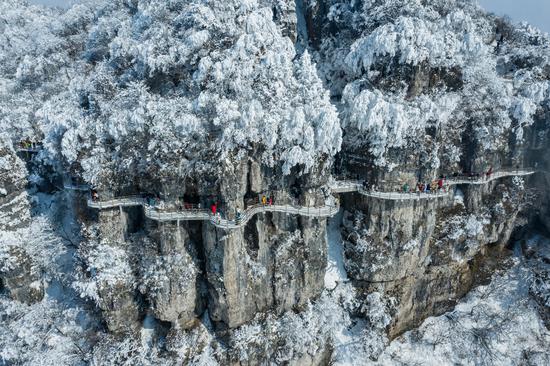
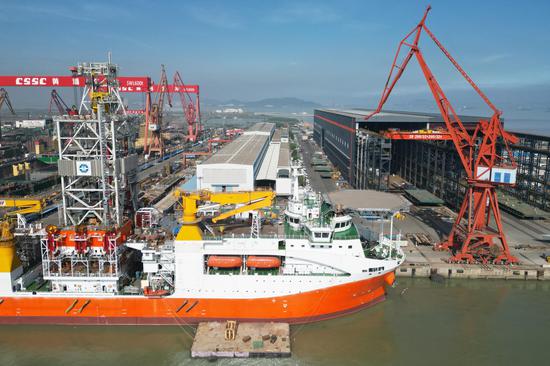


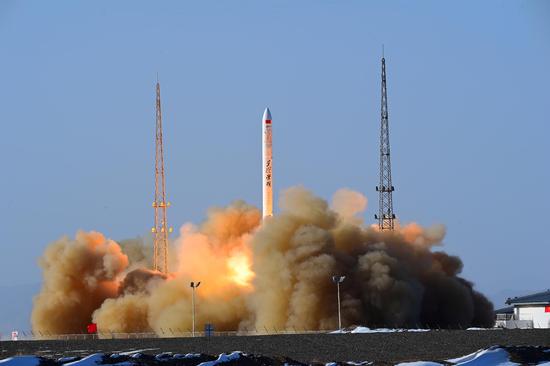
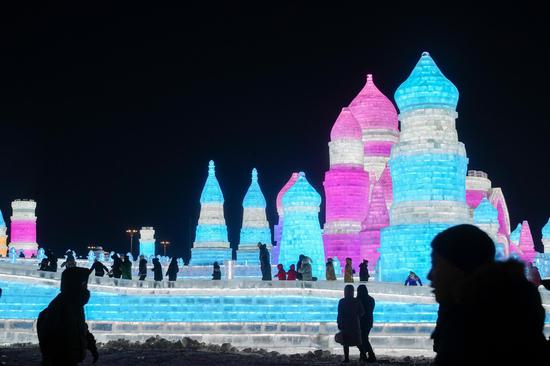
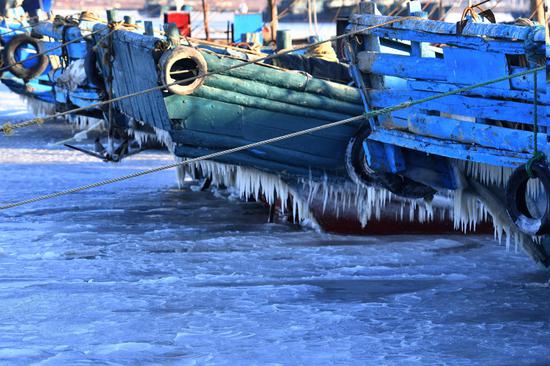
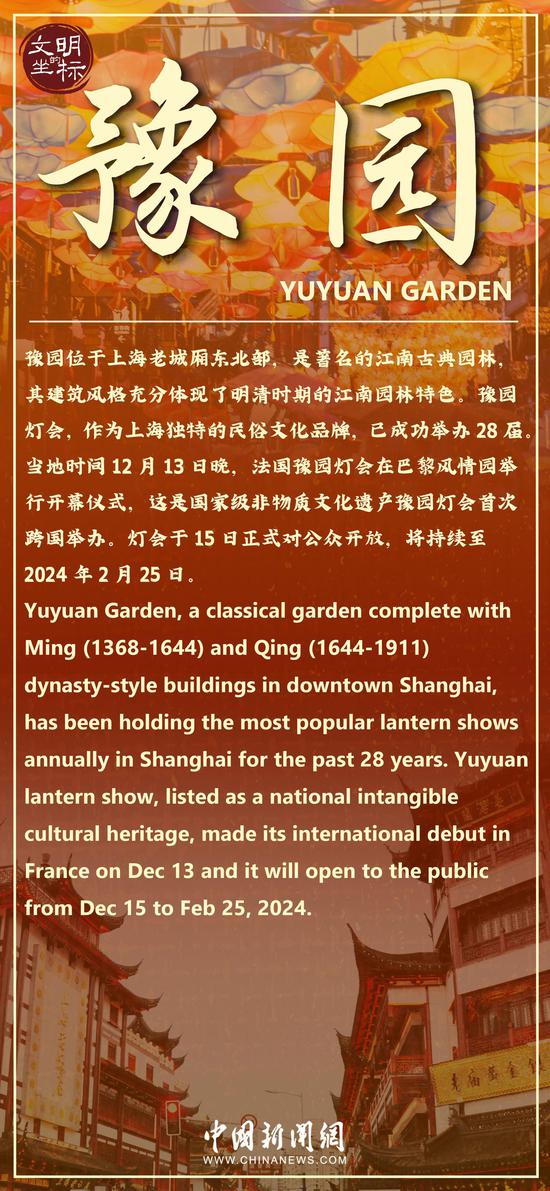
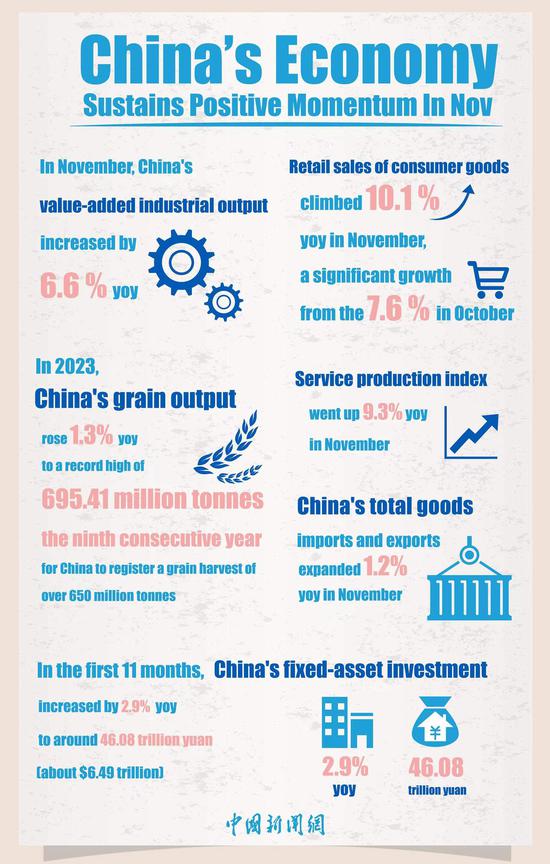

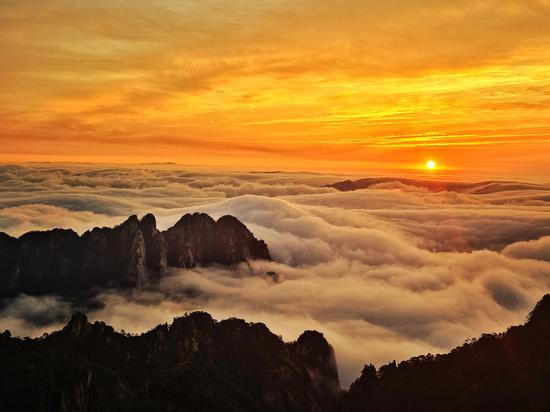
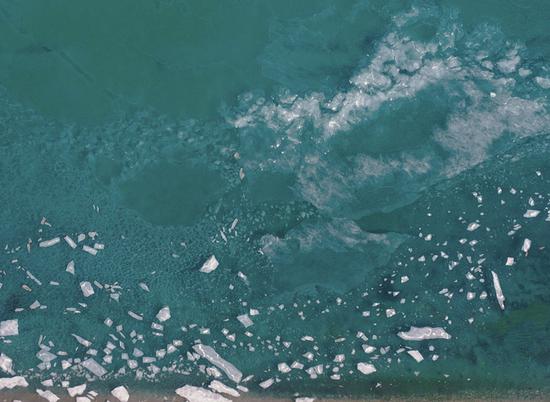

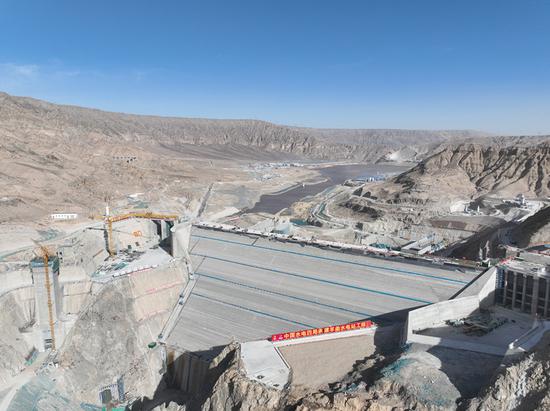
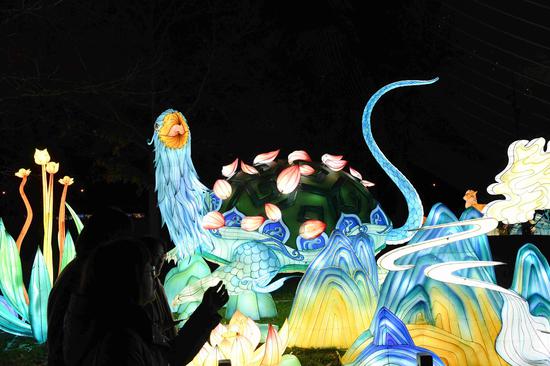
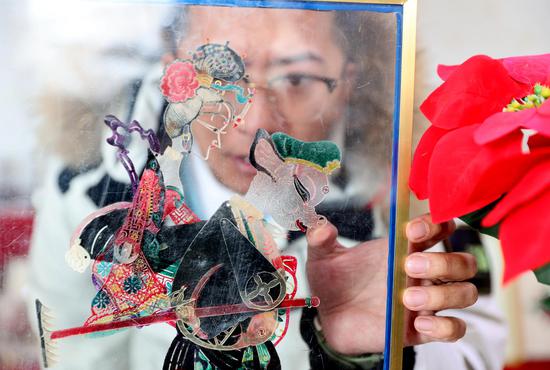
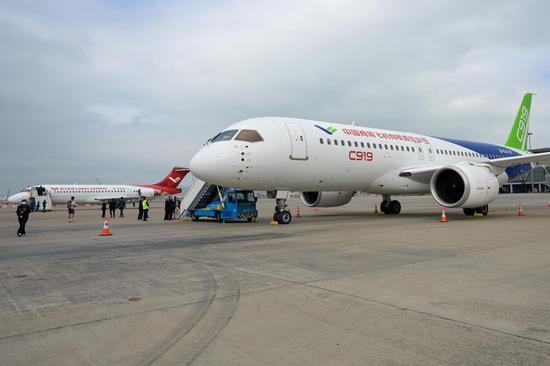
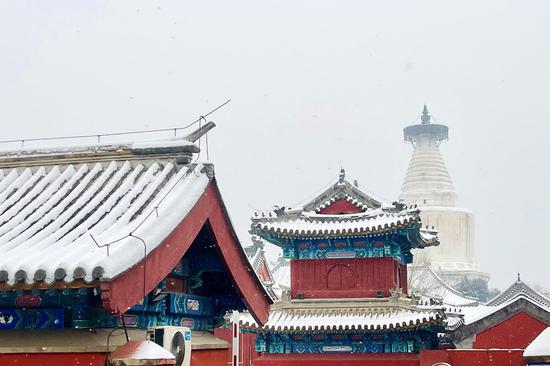
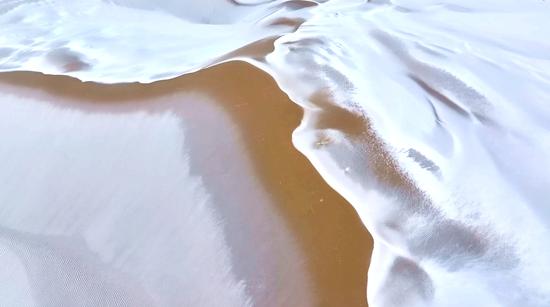
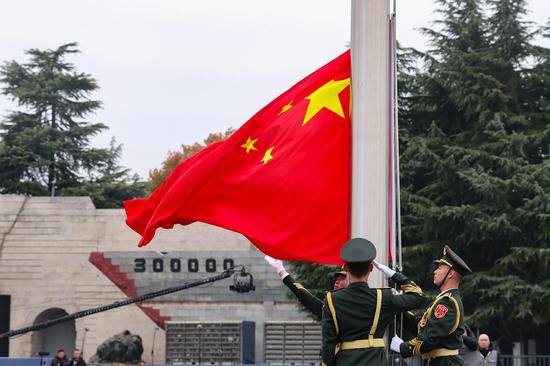
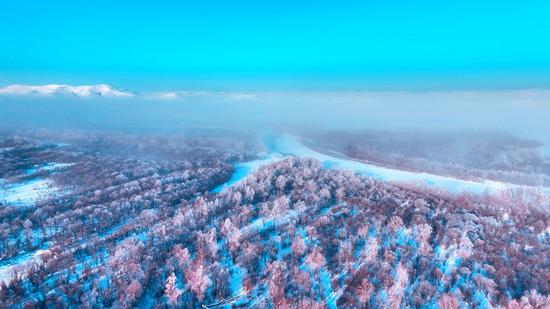
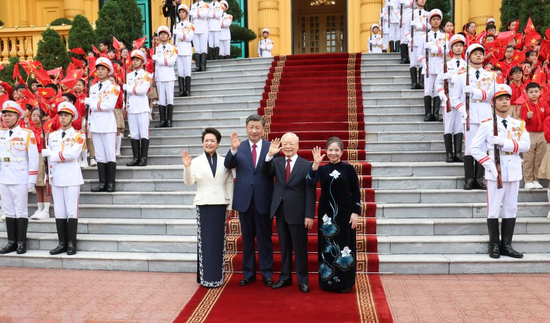


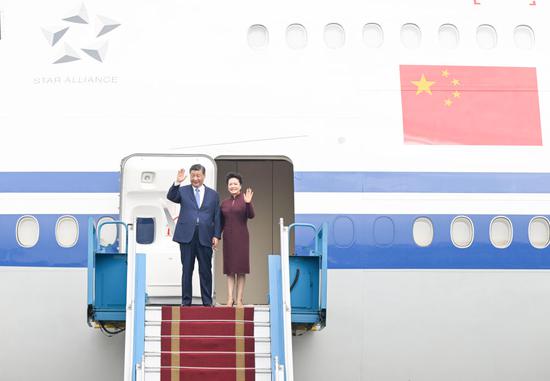

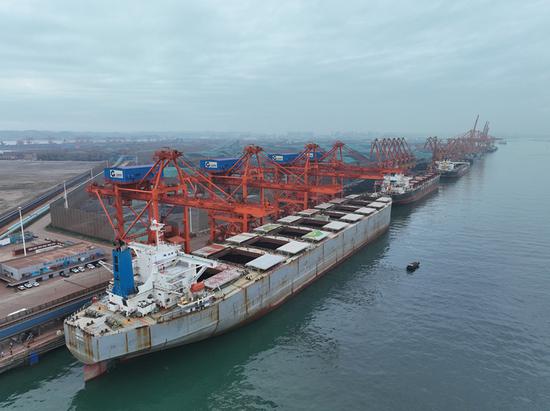

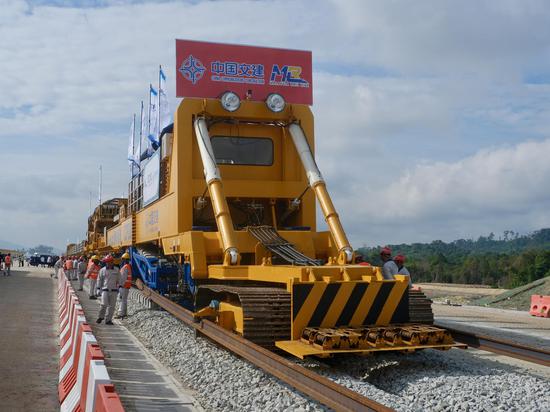
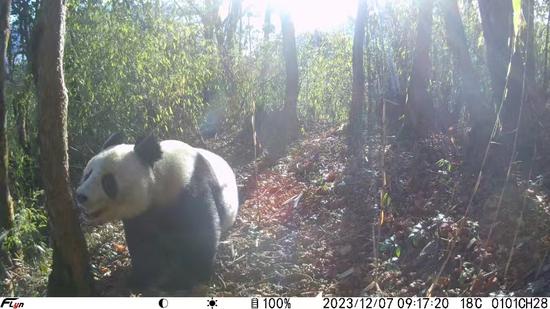
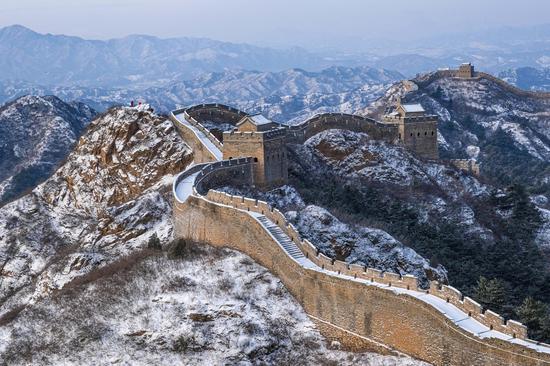
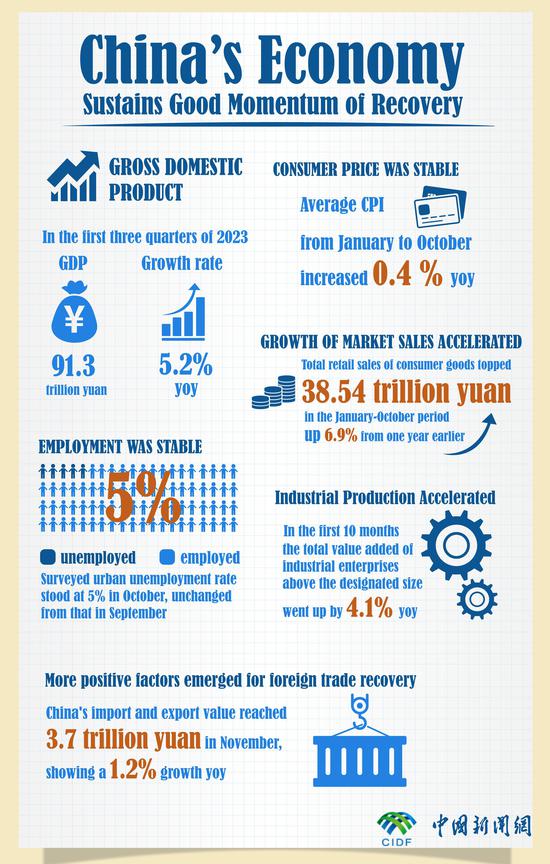

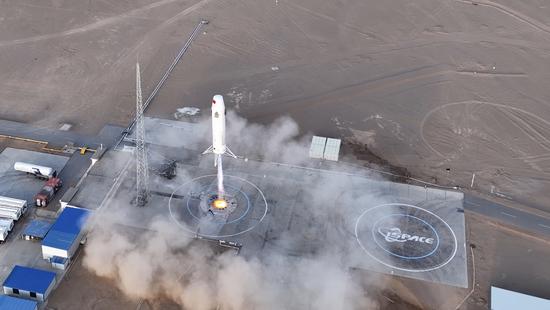
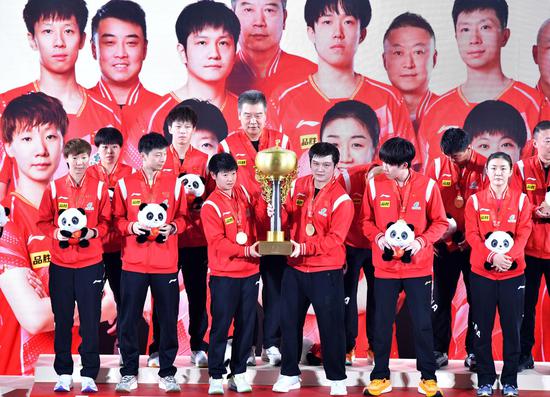
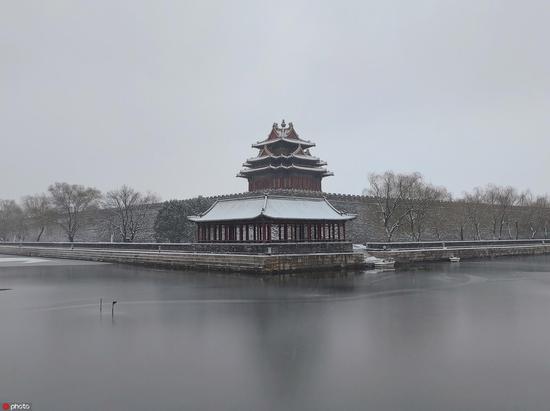
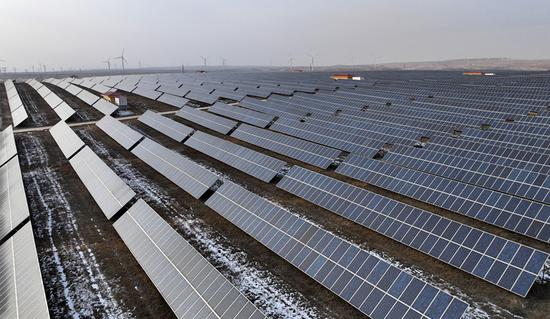

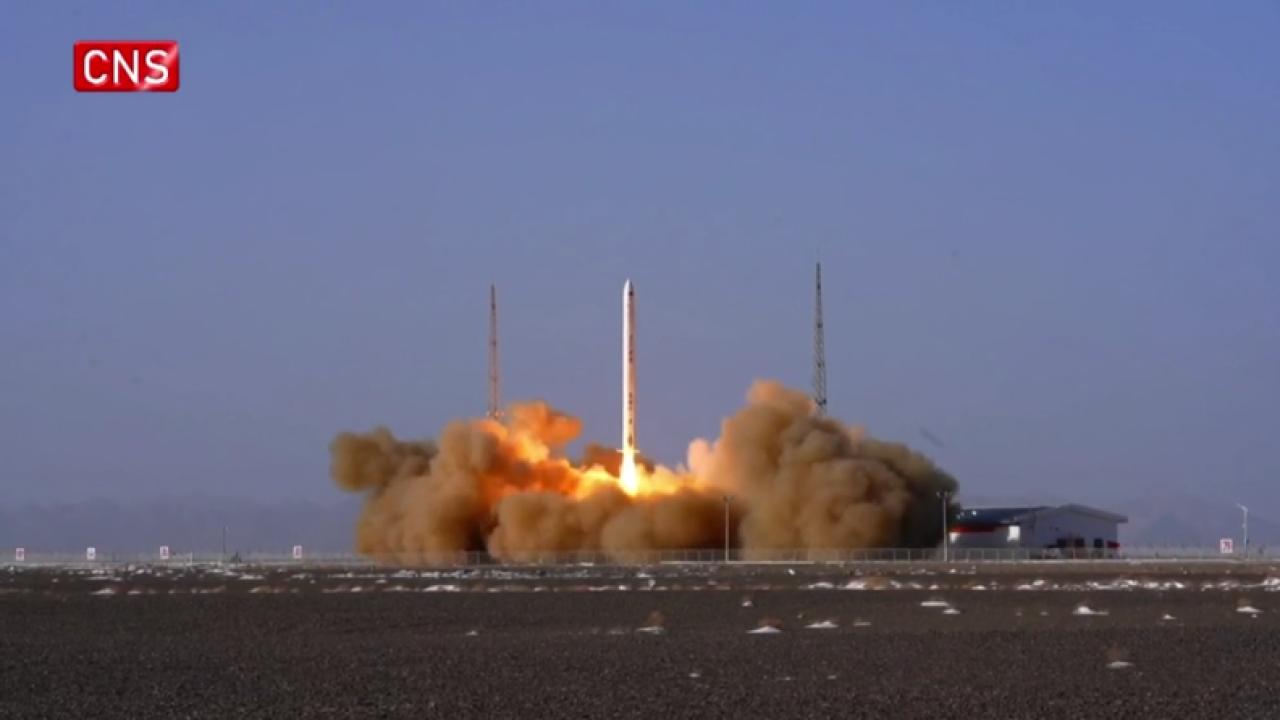

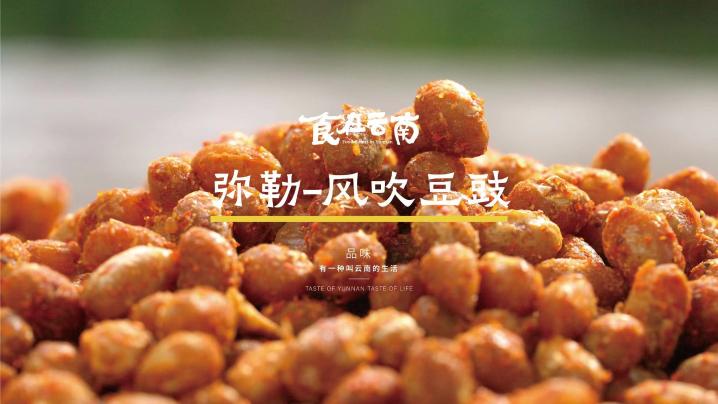

 京公网安备 11010202009201号
京公网安备 11010202009201号